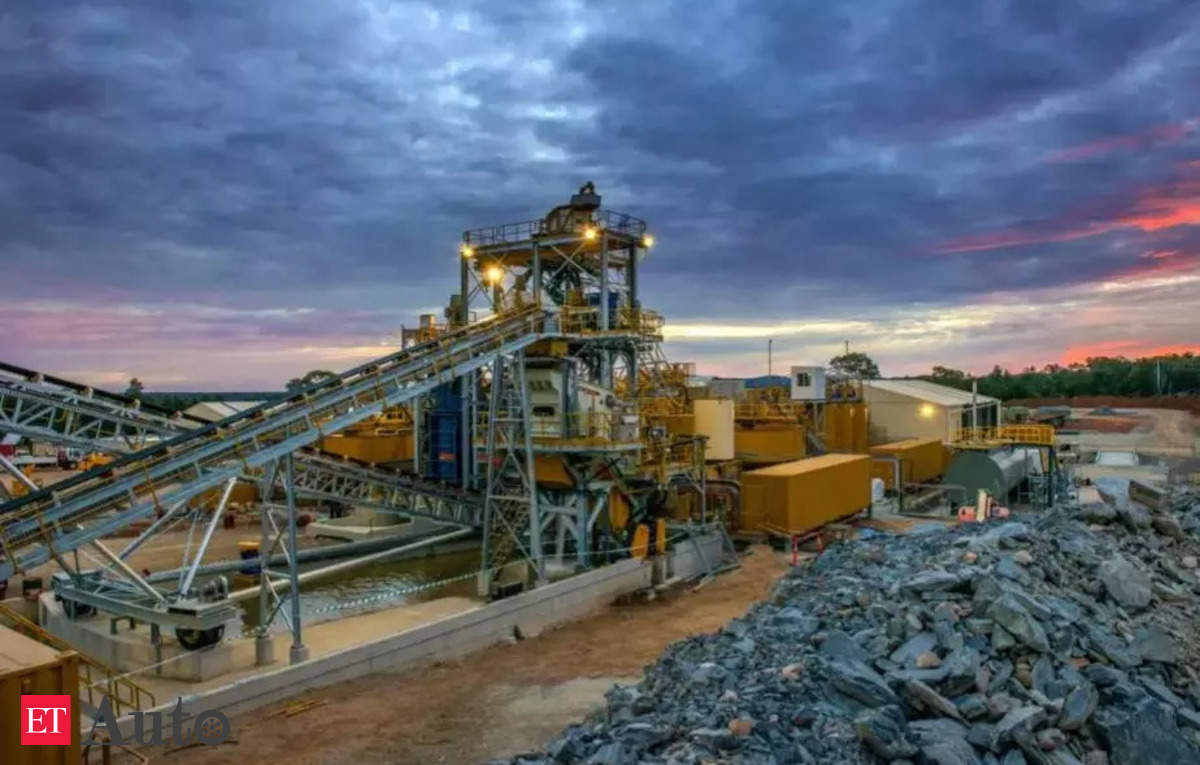Globally there has been an increasing focus on low or zero emission powertrains, driven by climate concerns. This has brought into focus technologies such as electric, hybrid and hydrogen. Electric vehicles in particular have been gaining increasing attention with the penetration in new sales expected to be ~18% for 2023. While this transition will be crucial in reducing emissions, even by 2030, a large part of the global vehicle parc, especially in the developing world, will continue to be dependent on fossil fuels.Biofuels in the sustainable mobility spectrum
Further, while the transition to zero emission technologies takes place, there will be a need for interim solutions. Biofuels can play a crucial role in solving both these challenges, reducing emissions for the existing vehicle parc, while also providing an interim solution as the transition to zero emission vehicles takes place. Among liquid biofuels, ethanol is the most widely used for blending with petrol, while biodiesel and bio methanol are produced globally at a y lower scale. Given its key role in the Indian biofuel program, ethanol will be the focus of this article.
Biofuels can emerge as viable solutions for targeting the existing parc as well as the new ICE vehicle sales. E10, which is a mixture of 10% ethanol and 90% petrol can be used in existing vehicles, without any need for modification. Going above 10% blend requires some modifications, which will lead to a marginal increase in vehicle costs. Given the biogenic carbon capture of crops, Ethanol as a fuel has a much lower environmental impact than the traditional fossil fuels.
On a well to wheel basis, for ethanol produced from crops (sugarcane, maize, etc.), the GHG emissions are ~50% lower than that for petrol. The emissions further drop to ~70% if we consider 2G ethanol which is produced using farm waste.
Depending on the raw material used for production, there are multiple generations of ethanol. Ethanol which is typically produced from sugarcane, corn and grain, is known as first generation ethanol (1G).
Ethanol production from farm waste such as corn cob, rice husk, wheat straw and sugarcane bagasse, is known as second generation ethanol (2G). Third generation ethanol utilizes algae for producing ethanol from waste water (3G), while fourth generation ethanol is an amalgamation of genomically prepared microorganisms and genetically prepared algae (4g). Most of the ethanol produced globally is first generation, while the 2G production, though still small, is picking-up. 3G is still in early stages of commercial deployment while 4G is still at a concept stage.
Globally, the United States and Brazil lead the production of ethanol, while the EU leads biodiesel production. Ethanol consumption globally is majorly driven by government mandates; most petrol sold in the US has 10% ethanol blended (higher blends such as E15 and E85 are also available) while Brazil has a mandate for 27% ethanol blending in petrol.
A key reason behind the government mandates is the varied benefits of biofuels; Apart from emission reduction, biofuels can have a significant impact across areas such as crude oil import reduction, boosting energy security and delivering wider socio-economic benefits by supporting the farm economy. Thus for India, with a large agricultural sector and a dependence on crude oil imports, biofuels can act as a key element of its decarbonization and energy security strategy.
The Indian context
India started its ethanol blending program as early as 2003, targeting 5% blending across 9 states and 4 UTs. In 2014, steps such as the reintroduction of minimum support price (MSP) and opening up alternative ethanol production routes were taken, which helped the blending rate to reach 4% by 2018.
In 2018, the updated national biofuel policy was launched targeting 10% blending by 2022 and 20% blending 2030. The program also included support to the industry in the form of promotion of 1G and 2G ethanol production, reduction of GST from 18% to 5% and providing subsidies, grants and other support for setting up ethanol production facilities.
Owing to the renewed impetus on biofuels, India was able to achieve the E10 target ahead of schedule, while the target for E20 adoption has been brought forward to 2025-26 from 2030.
If India is able to achieve the ethanol blending targets, then by 2026, ~33 million litres of petrol will be saved alongside a reduction in emission to the tune of ~75 million tonnes of CO2. Apart from emissions, this will help the country save foreign exchange by reducing crude imports and also provide an additional source of farm income.
Though ethanol blending holds significant potential, its long-term success in the country is dependent on multiple factors. Firstly, ensuring supply security, which will depend on expanding the feedstock availability for ethanol production. Secondly, there is a need to expand the fuel’s availability throughout the country, which means expansion of ethanol storage and transportation infrastructure across the country akin to that of fossil fuels. Lastly, ensuring vehicle compatibility with higher fuel blends to ensure consumer acceptance for these fuels will go a long way in ensuring that there is wider uptake of these fuels. A deep dive into these issues is needed to understand the steps that can be taken to alleviate the same.
Ensuring supply security
To meet the ethanol blending targets, a total of 1,016 crore litres of ethanol will be required by 2026. Considering the demand for other uses, this expands to 1,350 crore litres, out of which 684 crore litres is planned to be produced from sugarcane, while the remaining 666 crore litres is to be produced from grains. Thus with 80% plant utilization, the total production capacity needed will be 1,700 crore litres against a capacity of 1,380 crore litres as of November 2023.
The current dependence on molasses (derived from sugar production process) and rice, translates into an additional requirement of these food crops, thus presenting a peculiar challenge of prioritizing between fuel and food. Further, since both these crops require significant water during their growth, the additional quantity needed to meet blending targets will require large scale land use changes and will have significant impact on water availability. For example, the additional sugarcane production to meet blending targets, will require an additional 6.26 million hectare under cultivation.
On similar lines, the plan to divert rice from FCI stocks for ethanol production, will also be challenging as it will require a significant ramp-up to 17 million tonnes supply as compared to 78,000 tonnes supplied in 2021-22.
The impact of the feedstock challenge is already visible, with the government restricting use of sugarcane juice and syrup for ethanol production in 2023-24 to keep sugar prices in check. Similarly, a few months ago, FCI had suspended supply of rice to distilleries to ensure rice availability. The government is now promoting use of maize, which has ¼ the water consumption as compared to rice and ethanol. However, even the use of maize would require an additional ~5 million hectares under maize cultivation. To avoid this constant juggling between food and fuel priorities there is a need to look at alternaive feedstock and technologies related to the same. India has already started setting up 2G plants, which use crop waste for ethanol production.
Under the PM JIVAN scheme, 12 commercial plants are planned to be set up. More such plants need to be set up across the country to ensure that more agricultural waste is being diverted to ethanol production. Further, we need to focus on 3G technologies, which use algae to produce ethanol from waste water, sewage, etc. Impetus on these technologies will ensure the long term sustainability of this sector.
Expanding availability
With large scale adoption of higher blends of ethanol, there is a need to establish an efficient supply chain to ensure unencumbered movement of ethanol across the country. As a start, this will require the ethanol storage capacity to be increased, an area where work has already been started by the oil marketing companies, with plans to expand the storage capacity from 18 crore litres currently to 45 crore litres by 2025. As the volumes increase, transportation through pipelines and rakes should be explored to ensure minimal carbon footprint.
Along with infrastructure, policies between the central and the state governments and within state governments should be aligned to ensure free movement ofdenatured ethanol across the country.
Apart from ethanol, the supply chain for biomass also needs to be developed to ensure that the 1G and 2G plants being set up in the country are fully utilized. Collection of agricultural waste has been a key challenge in the country and it is herein that incentivising farmers and cooperative led mechanisation initiatives alongside developing local storage facilities can play a key role in aggregating waste from village clusters. In addition, developing a buffer will ensure the 2G plant utilization can be maintained.
Ensuring vehicle compatibility
Petrol vehicles being sold in the country have been E10 material compliant since 2008. Driven by the increased blending of ethanol, and government plans to target E20 by 2025, Indian OEMs have started rolling out E20 material compliant and E10 tuned vehicles since April 2023. While the current parc of vehicles is mostly E10 materials compliant, for higher blends, there will be an impact on components such as piston rings, piston heads, seals, fuel pumps etc. Since retro fitment of these components on the existing parc will be a mammoth task, there is a need to ensure protection grade E10 availability across the country. Most consumers do not fully understand the compatibility of their vehicles to different grades, hence there is a need to educate end users about different grades and the impact they have on their vehicles. Such a program will be able to effectively counter any misinformation about flex fuel vehicles and increase their adoption.
Conclusion
Biofuels offer a pragmatic and accessible pathway for the country in its journey of decarbonisation and the growth of this sector in India will primarily depend on solutions to the fuel vs food debate.
India needs to look at other sources for ethanol generation in the long term to shift away from complete dependence on food crops such as sugarcane and rice. While the government has recently started focusing on maize, there needs to be a shift in the incentive structure to enable a shift towards crops with lower environmental impact. There is need to foster greater research within the country, especially on third and fourth generation ethanol, while utilizing the advancements already made in large ethanol producers such as Brazil and United States. The International Biofuel Alliance can provide a crucial platform to the country to attract both technologies as well as financial resources to drive India’s biofuel sector and in addition, carbon credits and carbon trading mechanism could be another lever to incentive producers of 2G and 3G ethanol and enable a shift away from food crops.
Synchronized development across the biofuel value chain will be critical to ensure continued growth of the ethanol market in the country. The farm sector needs to focus on ensuring feedstock availability by strengthening agricultural waste collection supply chain and the OMCs can ensure support to the farm sector, through competitive pricing for ethanol as well as support for research and development.
Finally, automotive OEMs can ensure higher ethanol uptake through launch of more flex fuel modelsnas well as ensuring that key customer concerns relating to mileage etc. are resolved.
(Disclaimer: Ashim Sharma is Senior Partner and Group Head at NRI Consulting Solutions. NRI’s Nishant Shekhar (Manager) made very significant contributions to this article. Views are personal)





